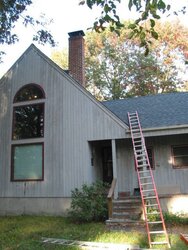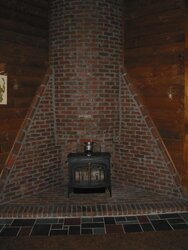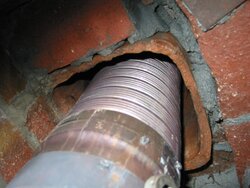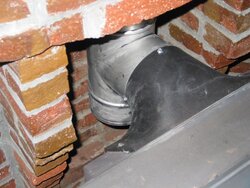A bit of a digression, but I think the charring process creates creosote that treats the surface of the log.szmaine said:quads said:Charred logs do last a long time, but that's because they are burnt, not because they have creosote on them. There are still charred logs laying here and there in our woods from a forest fire in the 60s.LLigetfa said:Perhaps, but there must be similarities. The homesteaders would char the first course of logs that touched the ground when they built their log homes. My parents purchased an old homestead that had several log buildings and I was quite impressed with how well the charred logs resisted rot.quads said:You are confusing wood creosote with coal creosote. They are not the same.
Yes, I agree - not creosote but charcaol, ie impure carbon - all the nitrogen and nutrients burned out- nothing to live on.
This would create a barrier between the environment and the interior wood.
Edit: On second thought, I'm not sure of myself on this one - why not some residual creosote ? - incomplete combustion, volitile chemicals remain - not sure.
Anyway, the compost I mix my ashes with never finds its way to the kitchen garden, only to the flower beds and lawn. The kitchen garden gets only well rotted cattle and horse manure from the neighbor.






